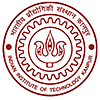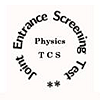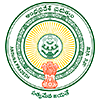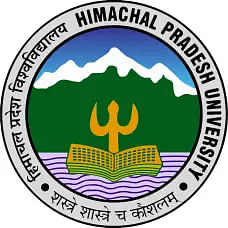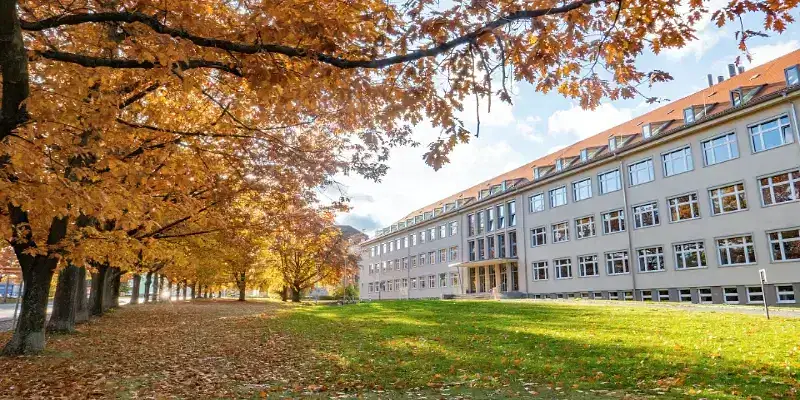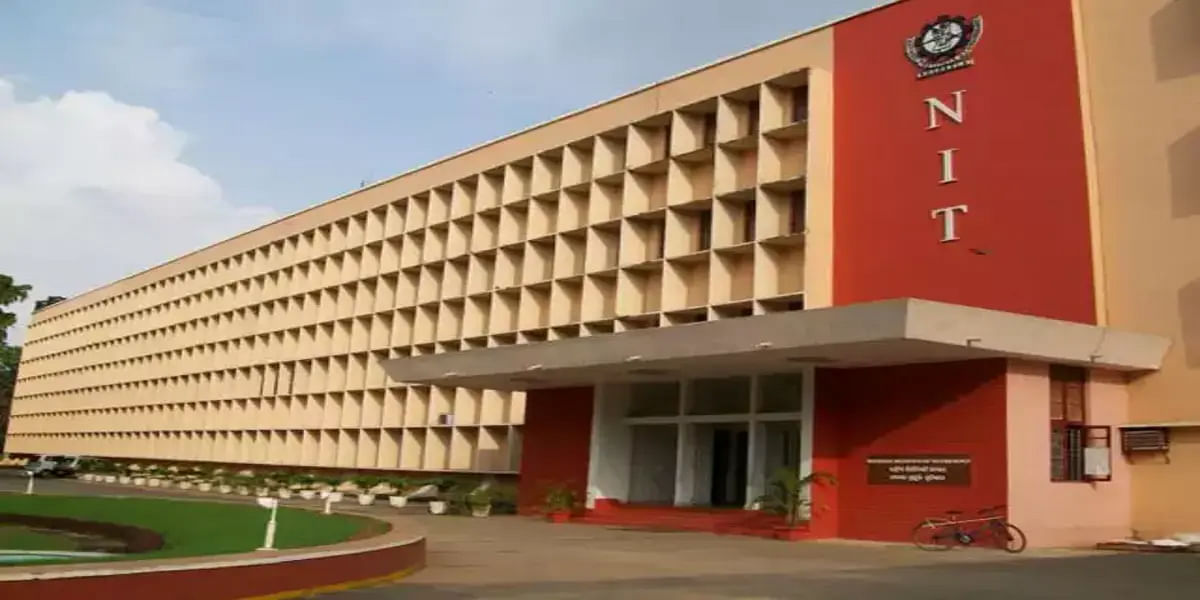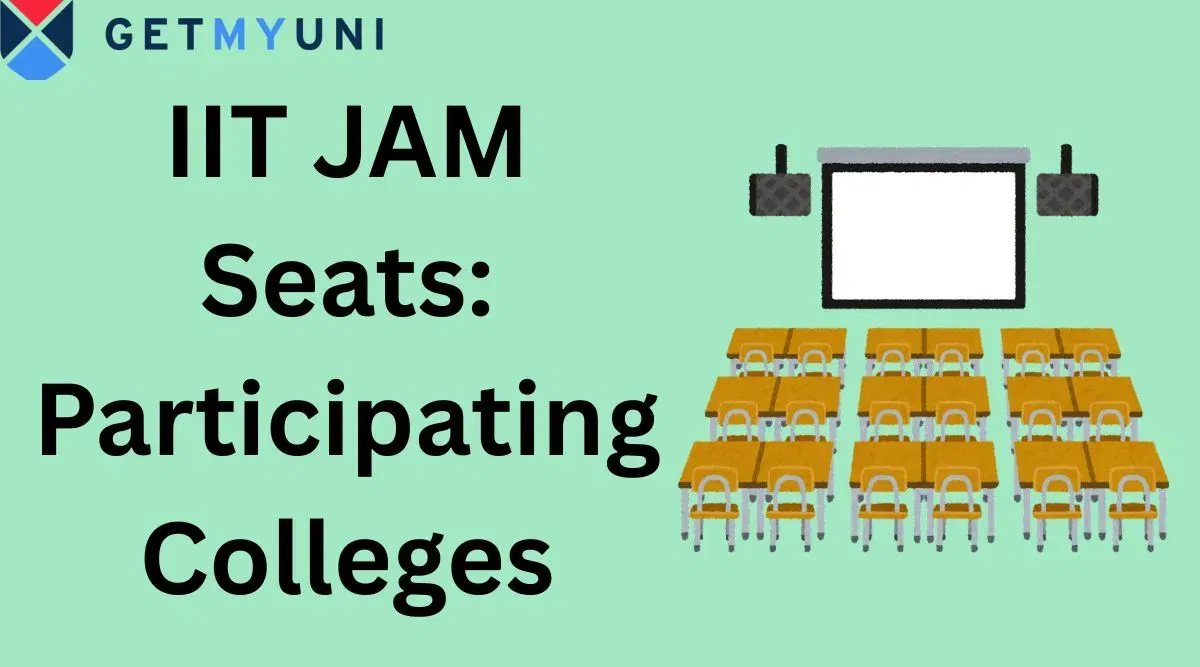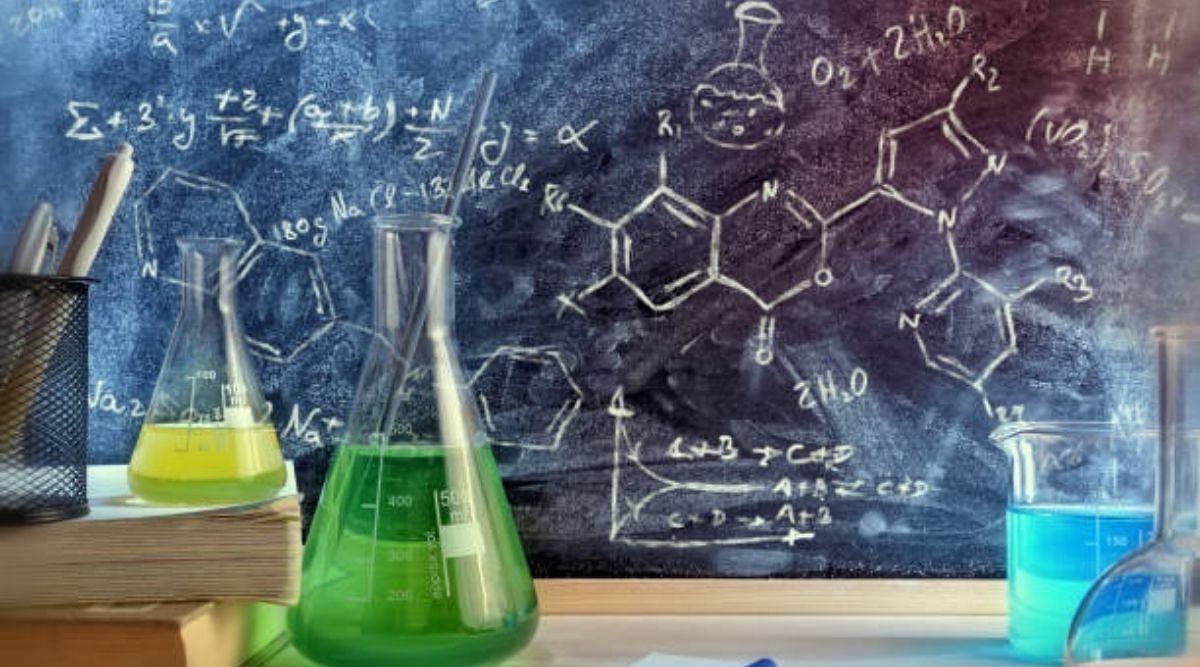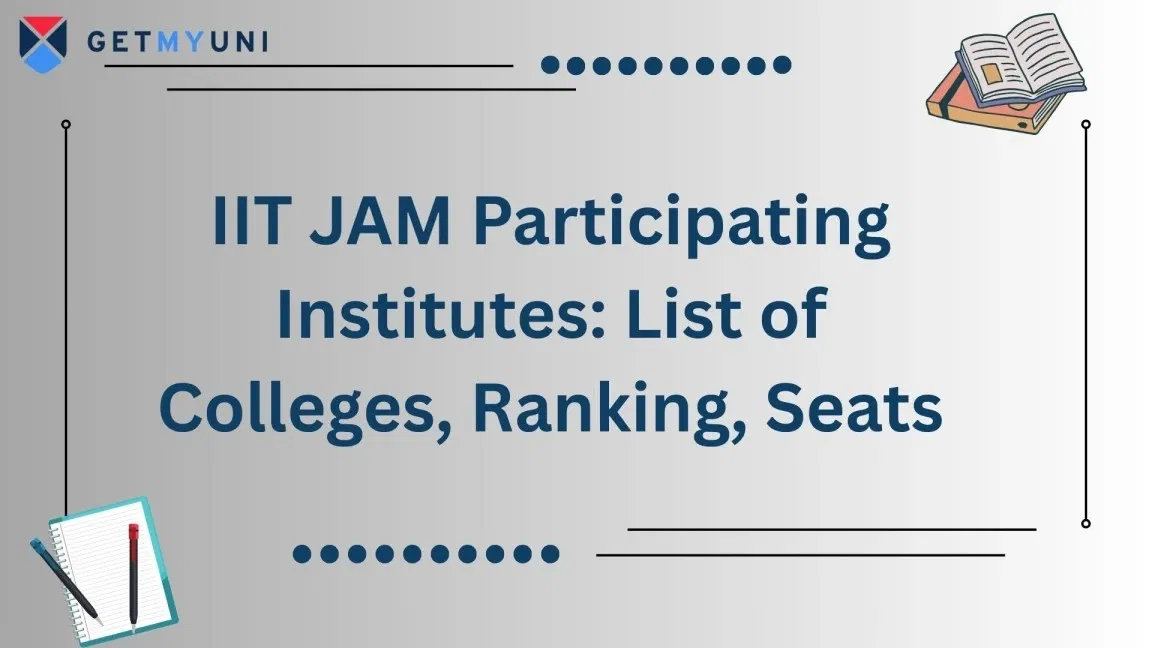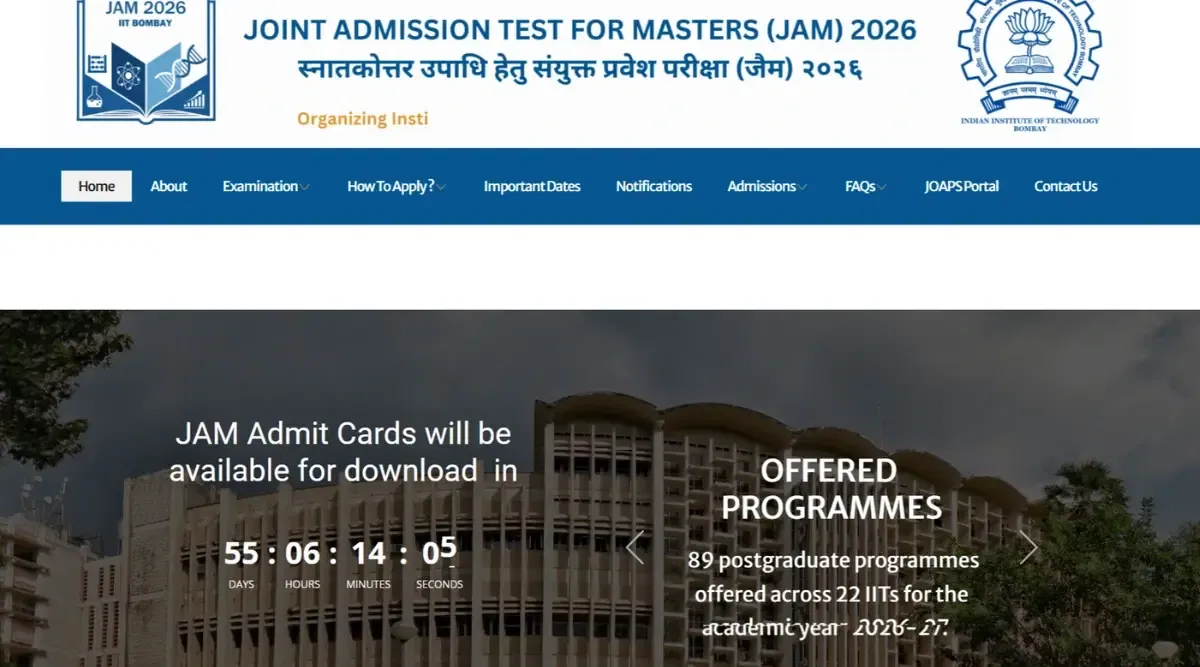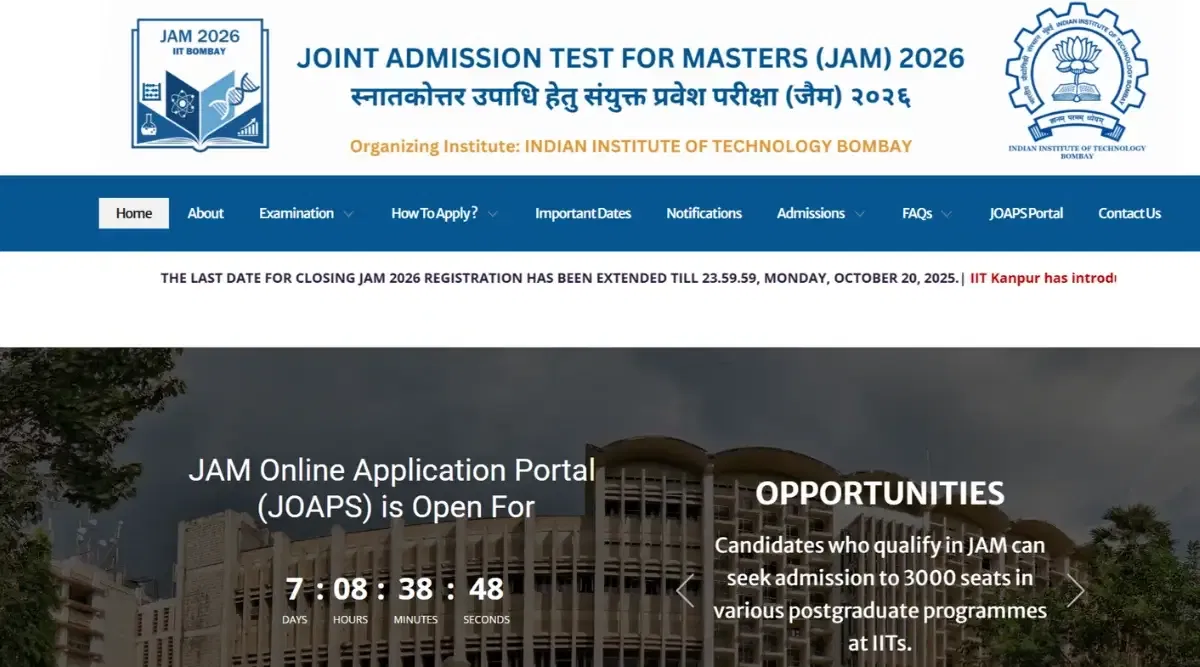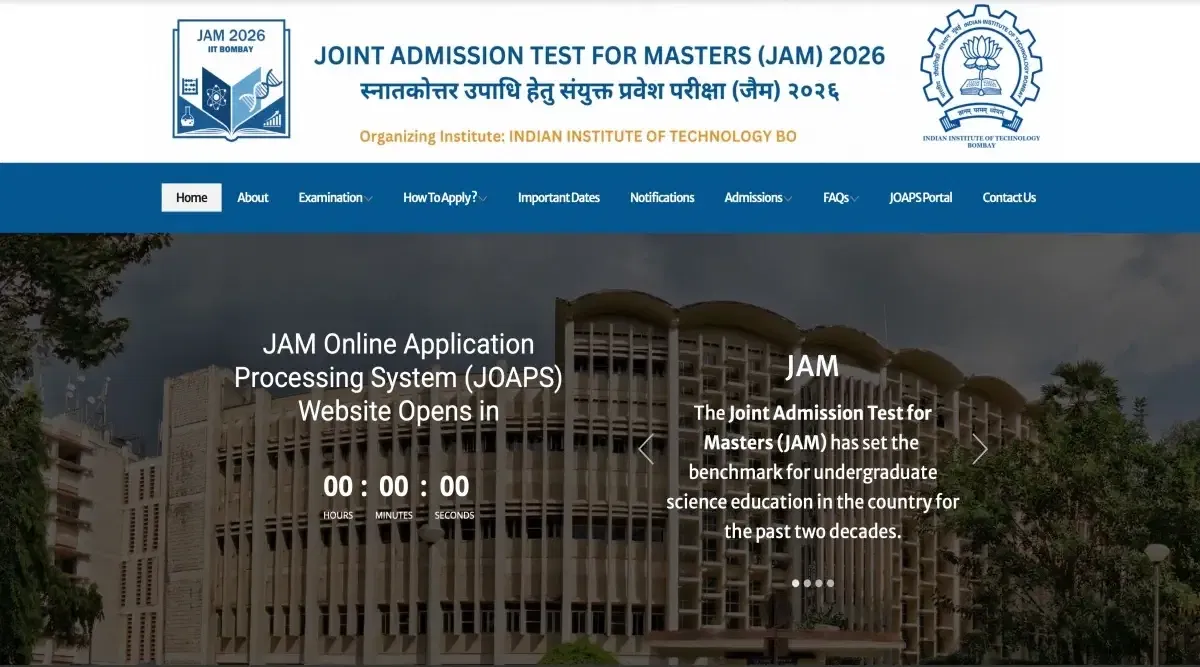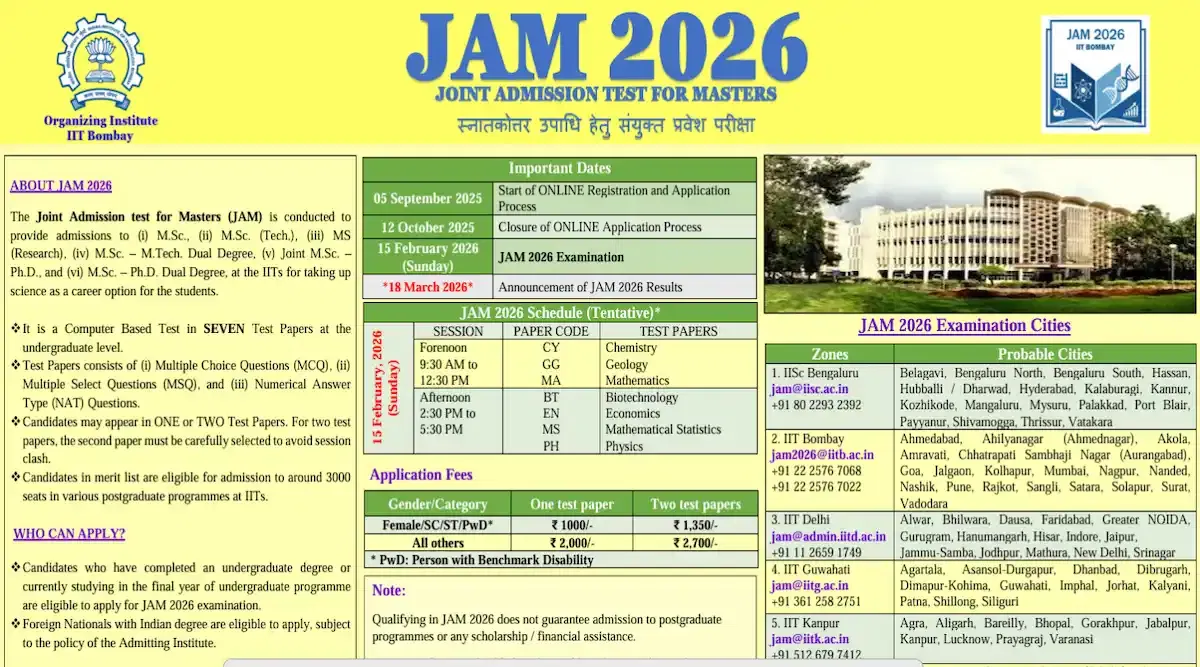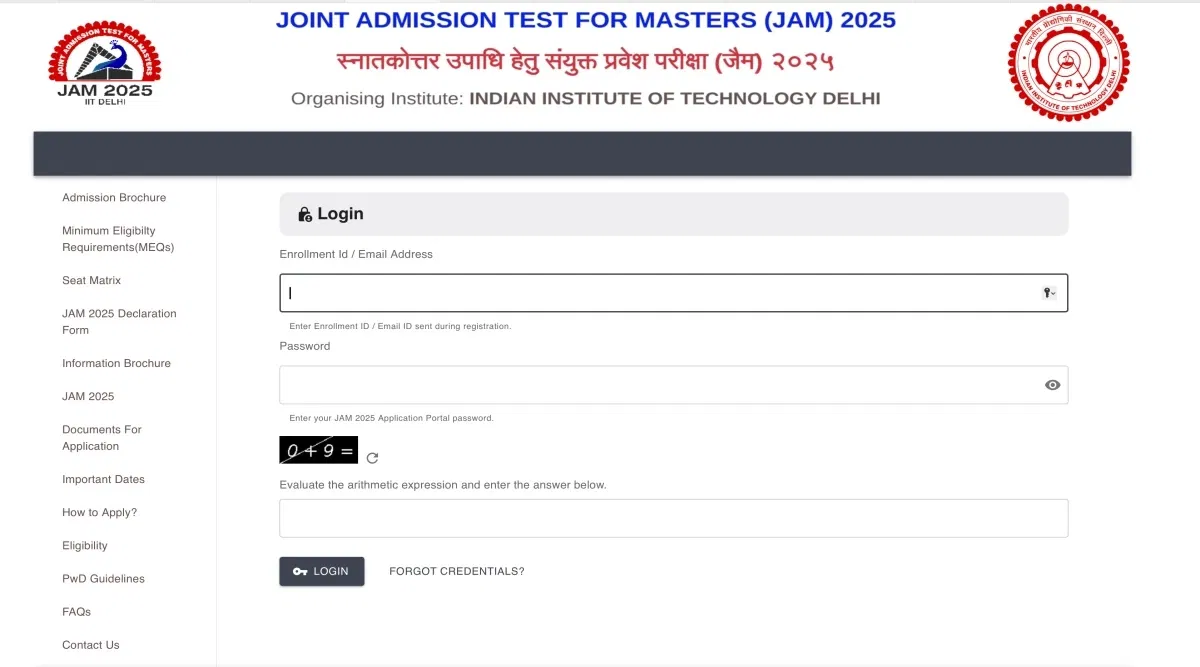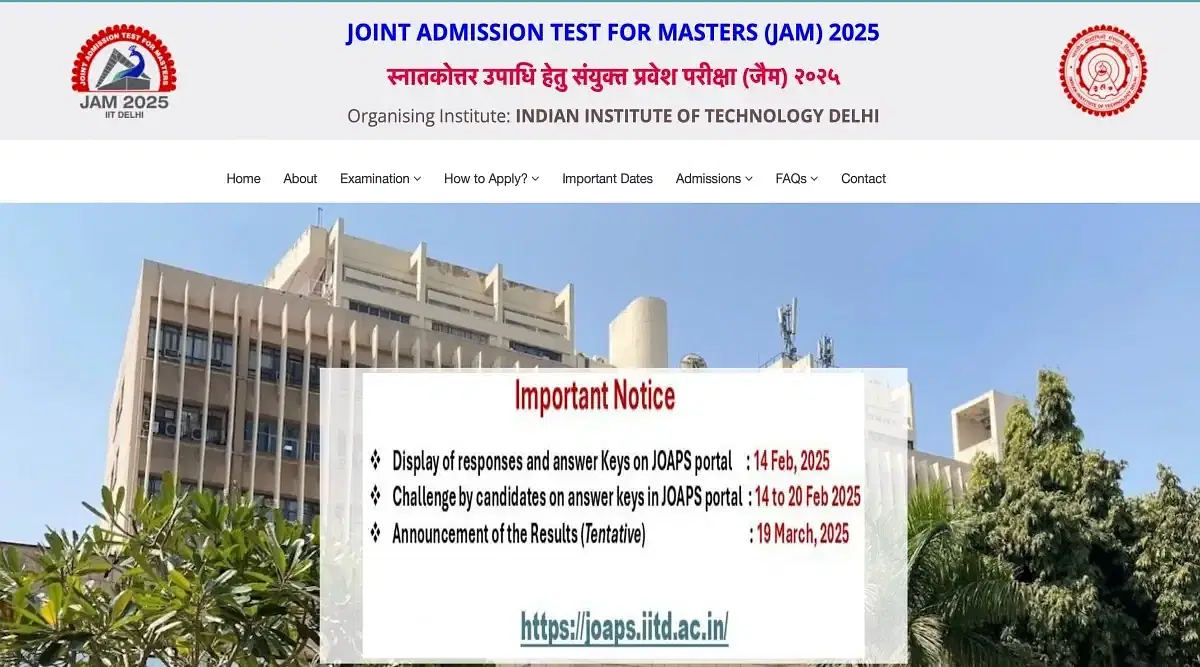
Table of Contents
IIT JAM Syllabus 2026 involves various courses and topics such as Biotechnology, Geology, Chemistry, Physics, etc. Candidates can check on the detailed syllabus provided below on the page and prepare accordingly. It will help candidates learn the weightage of important questions being asked in the examination and will help in learning the exam pattern being followed as well.
Therefore, it is advised to all the aspirants that they should go through the syllabus properly before preparing for the IIT JAM 2026 examination.
IIT JAM Syllabus 2026 PDF
IIT JAM Syllabus 2026 pdf is yet to be officially released by the authority on the official website jam2025.iitd.ac.in. Candidates can download the syllabus pdf from the direct link shared and can start their preparation accordingly.
IIT JAM syllabus 2025 will help candidates understand the trend and learn about the weightage of the syllabus and the exam pattern being followed.
| Chapters | Direct Link |
| Biotechnology | Click Here |
| Chemistry | Click Here |
| Geology | Click Here |
| Mathematics | Click Here |
| Physics | Click Here |
| Mathematical Statistics | Click Here |
IIT JAM Biotechnology Syllabus 2026
IIT JAM Biotechnology Syllabus 2026 has been shared below in the tabular format for the candidates.
|
Contents |
Topics |
|
General Biology |
Taxonomy Heredity Genetic variation Conservation Principles of ecology Evolution Techniques in modern biology |
|
Biochemistry and Physiology |
Carbohydrates, Proteins, Lipids, Nucleic acids, Enzymes, Vitamins, Hormones, Metabolism – Glycolysis, TCA cycle, Oxidative Phosphorylation, Photosynthesis, Nitrogen Fixation, Fertilization and Osmoregulation, Vertebrates-Nervous system, Endocrine system, Vascular system, Immune system, Digestive system, Reproductive System |
|
Basic Biotechnology |
Tissue culture Application of enzymes Antigen-antibody interaction Antibody production Diagnostic aids |
|
Molecular Biology |
DNA RNA Replication Transcription Translation Proteins Lipids and Membranes Operon model Gene transfer |
|
Cell Biology |
Cell cycle Cytoskeleton elements Mitochondria Endoplasmic reticulum Chloroplast Golgi apparatus Signalling |
|
Microbiology |
Isolation Cultivation Structural features of the virus Bacteria Fungi Protozoa Pathogenic micro-organisms |
IIT JAM Chemistry Syllabus 2026
IIT JAM Chemistry Syllabus 2026 has been shared below in the tabular format for the candidates.
|
Contents |
Topics |
|
Physical |
Basic Mathematical concepts Atomic and Molecular Structure Theory of gases Solid state Chemical Thermodynamics Chemical & phase Equilibria Electrochemistry Chemical Kinetics Adsorption Spectroscopy |
|
Organic |
Basic concepts Stereochemistry Organic reaction mechanism Synthetic applications Qualitative organic Analysis Natural products chemistry Aromatic and Heterocyclic chemistry |
|
Inorganic |
Periodic table Chemical bonding Shapes of compounds S and P block elements Transition elements Bio-inorganic chemistry Instrumental Method of analysis Analytical Chemistry |
IIT JAM Geology Syllabus 2026
IIT JAM Geology syllabus 2026 has been shared below in the tabular format for the candidates.
| Contents | Topics |
| Planet Earth: Origin and Composition |
Origin of the Solar System and the Earth Geosphere and the composition of the Earth Shape and size of the Earth Earth-moon system Formation of continents and oceans Dating rocks and the age of the Earth Volcanism and volcanic landforms Interior of the Earth Earthquakes Earth’s magnetism and gravity Isostasy Elements of Plate tectonics Orogenic cycles |
| Geomorphology |
Weathering and erosion Transportation and deposition due to wind, ice, river, sea, and resulting landforms Structurally controlled landforms |
| Structural Geology |
Concept of stratum Contour Outcrop patterns Maps and cross-sections Dip and strike Classification and origin of folds, faults, joints, unconformities, foliations, lineations, shear zones Stereographic and equal area projections of planes and lines Computation of true thickness of beds from outcrops and boreholes |
| Paleontology |
Major steps in the evolution of life forms Fossils: preservation, utility, morphological characters Major evolutionary trends and ages of important animal groups (Brachiopoda, Mollusca, Trilobita, Graptoloidea, Anthozoa, Echinodermata) Gondwana plant fossils Elementary idea of vertebrate fossils in India |
| Stratigraphy |
Principles of stratigraphy Litho-, chrono-, and biostratigraphic classification Distribution and classification of stratigraphic horizons of India from Archaean to Recent |
| Mineralogy |
Symmetry and forms in common crystal classes Physical properties of minerals Isomorphism and polymorphism Classification of minerals Structure of silicates Mineralogy of common rock-forming minerals Mode of occurrence of minerals in rocks Transmitted polarized light microscopy and optical properties of uniaxial and biaxial minerals |
| Petrology |
Definition and classification of rocks Igneous rocks: forms of igneous bodies, crystallization from magma, classification, association, and genesis Sedimentary rocks: classification, texture, structure, size and shape of sedimentary bodies Metamorphic rocks: classification, facies, zones, texture, characteristic mineral assemblages |
| Economic Geology |
Properties of common economic minerals General processes |
IIT JAM Mathematics Syllabus 2026
IIT JAM Mathematics syllabus 2026 has been shared below in the tabular format for the candidates.
|
Contents |
Topics |
|
Sequences and Series of Real Numbers |
Sequence of real numbers Convergence of sequence Bounded and monotone sequences Convergence criteria for sequences of real numbers Cauchy sequences Subsequences Bolzano-Weierstrass theorem |
|
Series of real numbers |
Absolute convergence Tests of convergence for a series of positive terms Comparison test Ratio test Root test Leibniz test for convergence of alternating series |
|
Functions of Two or Three Real Variables |
Limit Continuity Partial derivatives Differentiability Maxima and minima |
|
Integral Calculus |
Integration as the inverse process of differentiation Definite integrals and their properties Fundamental Theorem of calculus Double and triple integrals Change of order of integration Calculating surface areas and volumes using double integrals Calculating volumes using triple integrals |
|
Differential Equations |
Ordinary differential equations of the first order of the form y’=f(x,y) Bernoulli’s equation Exact differential equations Integrating factor Orthogonal trajectories Homogeneous differential equations Variable separable equations Linear differential equations of second order with constant coefficients Method of variation of parameters Cauchy-Euler equation |
|
Vector Calculus |
Scalar and vector fields Gradient Divergence Curl Line integrals Surface integrals Green’s theorem Stokes’ theorem Gauss’ theorem |
|
Group Theory |
Groups Subgroups Abelian groups Non-Abelian groups Cyclic groups Permutation groups Normal subgroups Lagrange’s Theorem for finite group Group homomorphisms Basic concepts of quotient groups |
|
Linear Algebra |
Finite dimensional vector spaces Linear independence of vectors Basis Dimension Linear transformations Matrix representation Range space Null space Rank-nullity theorem Rank and inverse of a matrix Determinant Solutions of systems of linear equations Consistency conditions Eigenvalues and eigenvectors for matrices Cayley-Hamilton theorem |
|
Real Analysis |
Interior points Limit points Open sets Closed sets Bounded sets Connected sets Compact sets Completeness of R Power series (of real variable) Taylor’s series Radius and interval of convergence Term-wise differentiation and integration of power series |
IIT JAM Physics Syllabus 2026
IIT JAM Physics Syllabus 2026 has been shared below in the tabular format for the candidates.
|
Contents |
Topics |
|
Mathematical Methods |
Calculus of single and multiple variables Partial derivatives Jacobian Imperfect and perfect differentials Taylor expansion Fourier series Vector algebra Vector Calculus Multiple integrals Divergence theorem Green’s theorem Stokes’ theorem First-order equations and linear second-order differential equations with constant coefficients Matrices and determinants Algebra of a complex number |
|
Mechanics and General Properties of Matter |
Newton’s laws of motion and applications Velocity and acceleration in Cartesian Polar and cylindrical coordinate systems Uniformly rotating frame, centrifugal and Coriolis forces Motion under a central force, Kepler’s laws Gravitational Law and field, and Conservative and non-conservative forces System of particles Centre of mass Equation of motion of the CM, conservation of linear and angular momentum Conservation of energy and variable mass systems Elastic and inelastic collisions Rigid body motion, fixed axis rotations, rotation and translation, moments of Inertia and products of Inertia, Parallel and perpendicular axes theorem Principal moments and axes Kinematics of moving fluids, equation of continuity Euler’s equation, Bernoulli’s Theorem |
|
Oscillations, Waves and Optics |
The Differential equation for simple harmonic oscillator and its general Solution Superposition of two or more a simple harmonic oscillators Lissajous figures Damped and forced oscillators, resonance Wave equation, travelling and standing waves in one dimension Energy density and energy transmission in waves Group velocity and phase velocity Sound waves in the media. Doppler Effect Fermat’s Principle The General theory of image formation Thick lens, thin lens, and lens combinations Interference of light, optical path retardation Fraunhofer diffraction Rayleigh criterion and resolving power Diffraction gratings Polarization: linear, circular, and elliptic polarization Double refraction and optical rotation |
|
Electricity and Magnetism |
Coulomb’s law, Gauss’s law Electric field and potential Electrostatic boundary conditions, Solution of Laplace’s equation for simple cases Conductors, capacitors, dielectrics, dielectric polarization, volume and surface charges, electrostatic energy Biot-Savart law, Ampere’s law, Faraday’s law of electromagnetic induction, Self and mutual inductance Alternating currents. Simple DC and AC circuits with R, L and C components Displacement current, Maxwell’s equations, and plane electromagnetic waves, Poynting’s theorem, reflection and refraction at a dielectric interface, transmission and reflection coefficients (normal incidence only) Lorentz Force and motion of charged particles in electric and magnetic fields |
|
Kinetic theory, Thermodynamics |
Elements of Kinetic theory of gasses Velocity distribution and Equipartition of energy Specific heat of Mono-, di- and triatomic gasses Ideal gas, van-der-Waals gas, and equation of state. Mean free path Laws of thermodynamics. Zeroth law and concept of thermal equilibrium First law and its consequences Isothermal and adiabatic processes Reversible, irreversible, and quasi-static processes Second law and entropy Carnot cycle Maxwell’s thermodynamic relations and simple applications Thermodynamic potentials and their applications Phase transitions and Clausius-Clapeyron equation Ideas of ensembles, Maxwell-Boltzmann, Fermi-Dirac and Bose-Einstein distributions |
|
Modern Physics |
Inertial frames and Galilean invariance Postulates of special relativity. Lorentz transformations Length contraction, time dilation Relativistic velocity addition theorem, mass-energy equivalence Blackbody radiation, photoelectric effect, Compton effect, Bohr’s atomic model, X-rays Wave-particle duality, Uncertainty principle, the superposition principle, calculation of expectation values, Schrödinger equation and its solution for one, two and three-dimensional boxes Solution of Schrödinger equation for the one-dimensional harmonic oscillator Reflection and transmission at a step potential, Pauli exclusion principle Structure of atomic nucleus, mass and binding energy Radioactivity and its applications Laws of radioactive decay |
|
Solid State Physics, Devices and Electronics |
Crystal structure, Bravais lattices and basis. Miller indices X-ray diffraction and Bragg’s law; Intrinsic and extrinsic semiconductors, variation of resistivity with temperature Fermi level. p-n junction diode, I-V characteristics, Zener diode and its applications, BJT: characteristics in CB, CE, CC modes Single-stage amplifier, two-stage R-C coupled amplifiers Simple Oscillators: Barkhausen condition, sinusoidal oscillators OP AMP and applications: Inverting and non-inverting amplifier Boolean algebra: Binary number systems; conversion from one system to another system; binary addition and subtraction Logic Gates AND, OR, NOT, NAND, NOR exclusive OR; Truth tables; a combination of gates; de Morgan’s theorem |
IIT JAM Mathematical Statistics Syllabus 2026
IIT JAM Mathematical Statistics syllabus 2026 has been shared below in tabular format for the candidates.
|
Contents |
Topics |
|
Sequences and Series |
Sequences and Series Convergence of sequences of real numbers Comparison, root, and ratio tests for convergence of a series of real numbers |
|
Differential Calculus |
Limits, continuity, and differentiability of functions of one and two variables Rolle’s theorem, mean value theorems, Taylor’s theorem, indeterminate forms Maxima and minima of functions of one and two variables |
|
Integral Calculus |
Fundamental theorems of integral calculus Double and triple integrals, applications of definite integrals, arc lengths, areas, and volumes |
|
Matrices |
Rank, inverse of a matrix Systems of linear equations Linear transformations, eigenvalues, and eigenvectors Cayley-Hamilton theorem, symmetric, skew-symmetric, and orthogonal matrices |
|
Probability |
Axiomatic definition of probability and properties Conditional probability, multiplication rule Theorem of total probability, Bayes’ theorem, independence of events |
|
Random Variables |
The Probability mass function, probability density function, and cumulative distribution functions Distribution of a function of a random variable Mathematical expectation, moments, and moment-generating function Chebyshev’s inequality |
|
Standard Distributions |
Binomial Negative binomial Geometric Poisson Hypergeometric Uniform Exponential Gamma Beta and normal distributions Poisson and normal Approximations of a binomial distribution |
|
Joint Distributions |
Joint, marginal, and conditional distributions Distribution of functions of random variables Joint moment generating function Product moments, correlation, simple linear regression Independence of random variables |
|
Sampling Distributions |
Chi-square, t, and F distributions and their properties |
|
Limit Theorems |
Weak law of large numbers Central limit theorem (i.i.d. with finite variance case only) |
|
Estimation |
Unbiasedness, Consistency and efficiency of estimators Method of moments and method of maximum likelihood Sufficiency, factorization theorem Completeness, Rao-Blackwell, and Lehmann-Scheffe theorems Uniformly minimum variance unbiased estimators Rao-Cramer inequality Confidence intervals for the parameters of univariate normal, two independent normal, and one-parameter exponential distributions |
|
Testing of Hypotheses |
Basic concepts Applications of Neyman-Pearson Lemma for testing simple and composite hypotheses Likelihood ratio tests for parameters of univariate normal distribution |
IIT JAM Exam Pattern 2026
IIT JAM exam pattern 2026 details have been shared below. The IIT JAM 2026 paper pattern consists of three sections: A, B, and C. The exam will consist of 60 questions with a total of 100 marks.
Candidates can check on the table shared to get a detailed idea for the exam pattern being followed.
| Question Pattern | 1 Mark Question | 2 Mark Question | Total Marks in Each Section |
| Section-A (Multiple Choice Questions) | 10 | 20 | 30 |
| Section-B (Multiple Select Questions) | 0 | 10 | 10 |
| Section-C (Numerical Answer Type) | 10 | 10 | 20 |
| Total Marks | 60 | ||
Must Read: How to Prepare for IIT JAM in 90 Days?
FAQs on IIT JAM Syllabus
Q: What are the subjects in IIT JAM 2026?
The subjects included in the IIT JAM 2026 syllabus are Physics, Chemistry, Mathematics, Biotechnology, Mathematical Statistics, Economics, and Geology.
Q: What is the syllabus of IIT JAM BT 2026?
IIT JAM BT 2026 syllabus includes Chemistry and Biology topics from 10+2+3 level. The detailed IIT JAM 2026 syllabus for Biotechnology paper is available in the article above.
Q: Is the IIT JAM syllabus the same every year?
Yes, the IIT JAM syllabus is the same every year. Like other year's no changes have been made in the syllabus this year as well.
Q: Is the syllabus the same for all subjects in IIT JAM 2026?
No, the IIT JAM 2026 syllabus differs for each paper. Some slight changes in the topics of different papers have been made. Candidates must check the syllabus shared in the page.
Q: Which subject is tough in IIT JAM 2026?
According to the previous year analysis, Mathematical Statistics is considered to be the toughest subject in IIT JAM syllabus 2026.
